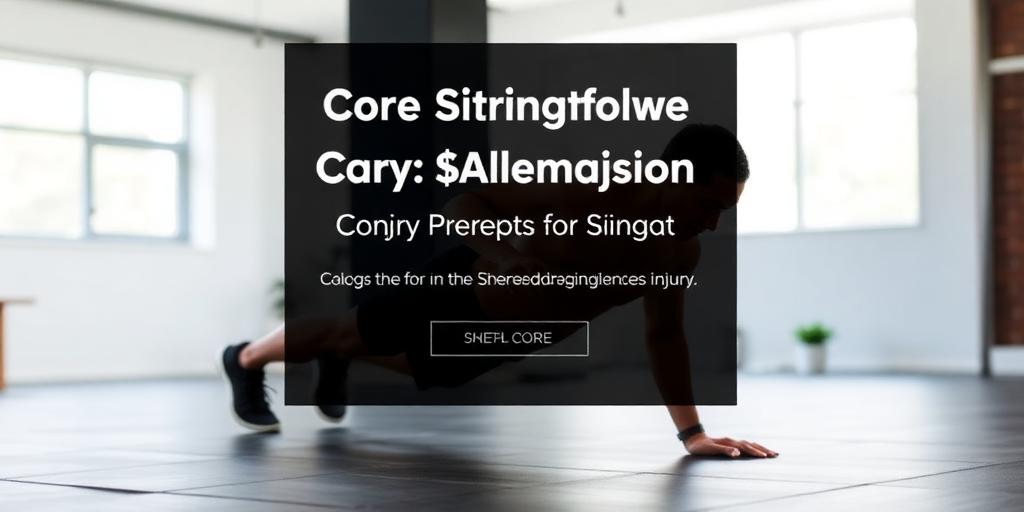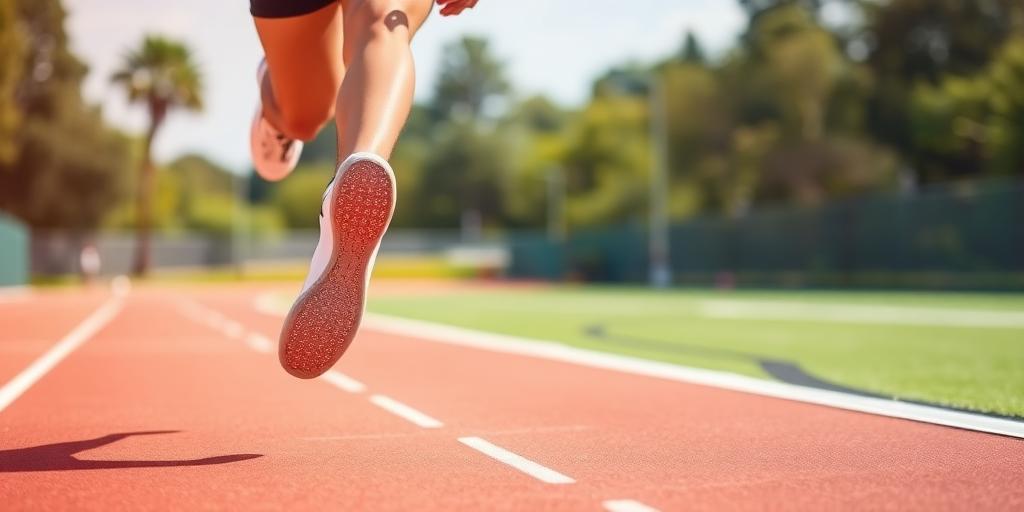Active Recovery: Gentle Movement for Faster Healing
Active recovery is a method of promoting healing and reducing muscle soreness through low-intensity exercise. Unlike complete rest, which can sometimes lead to stiffness and prolonged recovery times, active recovery encourages blood flow to the muscles, helping to clear metabolic waste products and deliver essential nutrients. This approach is particularly beneficial after intense workouts or strenuous activities.
Understanding Active Recovery
Active recovery involves performing light exercises that don't further strain the muscles. The goal is to keep the body moving gently, facilitating the natural healing processes. This can include activities like:
- Light cardio: Walking, swimming, or cycling at a relaxed pace.
- Stretching: Gentle stretches to improve flexibility and reduce muscle tension.
- Yoga: Poses that focus on gentle movement and relaxation.
- Foam rolling: Self-myofascial release to alleviate muscle knots and improve blood flow.
Benefits of Active Recovery
- Reduced Muscle Soreness: Light activity helps to flush out lactic acid and other metabolic waste products that contribute to muscle soreness.
- Improved Blood Flow: Increased circulation delivers oxygen and nutrients to the muscles, aiding in repair and recovery.
- Enhanced Flexibility: Gentle stretching improves range of motion and reduces stiffness.
- Faster Recovery Times: By promoting healing and reducing inflammation, active recovery can shorten the time it takes to bounce back from strenuous activity.
- Mental Relaxation: Low-intensity exercise can also provide mental benefits, helping to reduce stress and improve mood.
How to Incorporate Active Recovery
- Timing: Perform active recovery exercises within 24 hours after a challenging workout or competition.
- Intensity: Keep the intensity low. You should be able to easily hold a conversation while performing the activity.
- Duration: Aim for 20-30 minutes of active recovery.
- Listen to Your Body: Pay attention to any pain or discomfort and adjust the activity accordingly.
Examples of Active Recovery Exercises
- Walking: A light walk can help to loosen up your muscles and improve circulation.
- Swimming: The buoyancy of water makes swimming a low-impact option for active recovery.
- Cycling: A gentle bike ride can help to improve blood flow to your legs.
- Yoga: Gentle yoga poses can help to stretch and relax your muscles.
- Foam Rolling: Use a foam roller to massage your muscles and release tension.
Active recovery is a valuable tool for athletes and anyone looking to optimize their recovery from physical activity. By incorporating gentle movement into your routine, you can reduce muscle soreness, improve flexibility, and speed up the healing process. Remember to listen to your body and adjust the intensity and duration of your active recovery exercises as needed.









